Camera sensors come in different form factors nowadays, ranging from medium format, to Micro Four Thirds, and even smaller in the point-and-shoot cameras, which includes those built into smart phones. But why does this matter? How does knowing about this affect your images?
Sensor size directly affects the angle of view by a given multiplier. It also affects the depth of field. The 35mm (full frame) sensor is believed to be the most frequently used. It is also regarded as the standard sensor size, as it is derived from the standard film size. All other formats are scaled in relation to this standard. Subsequently, with a 35mm sensor having a multiplier of 1, a medium format has a 0.5 multiplier, and an APS-C (crop factor) sensor has multipliers of 1.6 and 1.5 for Canon and Nikon, respectively. Lastly, there is the Micro Four Thirds (MFT) sensor size, which is relatively new, and has a multiplier of 2.

by MarcusGR – Licensed under CC BY-SA 3.0 via Wikimedia Commons.
Now, what do all these numbers mean? Well, let’s say that you want to use your 50mm f/2 lens on all sensors. Will you get the same results? No. Let's see why.
We'll use a couple of simple examples that require fairly easy math: a 50mm f/2 lens used on a full frame sensor (multiplier of 1) will result in, as expected, 50mm f/2. However, if you use the same lens on an APS-C for Nikon, the outcome would be 75mm f/3, and on a MFT sensor, it would be 100mm f/4. Here is a fun fact: the lens set to f/2 on every sensor will result in the same shutter speed for the same exposure. This is because the sensors have different signal multipliers, meaning that 100 ISO is not really 100 – it is actually multiplied, and you simply don’t see that. That is one of the reasons why smaller sensors have much more noise than their larger counterparts.
 Photo by Dakiny
Photo by Dakiny
You could, in theory, put that 50mm f/2 lens on a medium format sensor, and the result will be 25mm f/1. There is a tiny problem with this though: that lens will probably be designed for a full frame sensor, and will not be able to fill the whole sensor of the medium format camera. That is why medium format lenses are more expensive, and significantly larger and heavier than their 50mm f/2 counterparts; medium format lenses need to gather heaps more light, and then focus that light on an area 50% larger than what a 50mm f/2 lens would capture.
So, which sensor size is the right for you? That largely depends upon your taste, but each size has useful applications.
Portraits and Studio. If you are into portraiture, in which tonality and a shallow depth of field are key features, you should avoid the full or medium frame sensors. Larger form factor naturally creates a much smaller field of focus, thus blurring the background significantly more, which then focuses the eye directly on the portrait. With larger sensor sizes, noise is less of an issue and less signal multiplication is required, therefore the tonal values are better. Full frame and medium frame cameras are the most expensive systems.
Landscape photography. In the event that you are partial towards landscape photography, using APS-C sensors might do you some good. The multiplier of 1.5 or 1.6 means that you use the center part of the lens, effectively avoiding softness and vignetting, and simultaneously expanding the field of focus. Simply put, APS-C makes it easier to stop down the lens a few stops and get everything into focus while using the best parts of the lens. Crop sensor cameras are both cheap, and a good choice for beginners, since it is possible to find a decent crop sensor camera for around $100 USD.
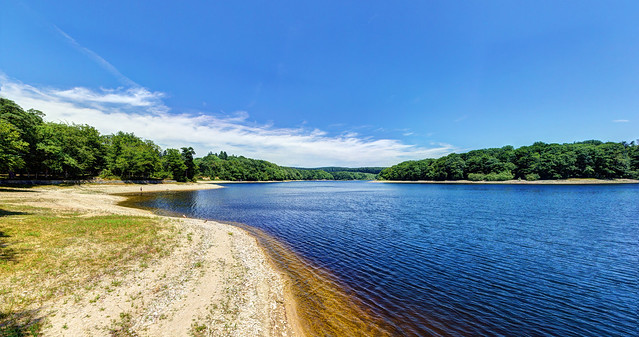 Photo by Selden Vestrit
Photo by Selden Vestrit
Travel and everyday use. Micro Four Thirds sensors certainly win in this area. They are mostly part of mirrorless camera systems, and so have small bodies (usually the size of compact cameras), while still retaining high-quality picture and the ability to change out the lenses. Micro Four Thirds sensors also have short flange focal distance (the distance measuring from the back end of the lens to the sensor), which makes them the best candidates for using vintage lenses with adapters. MFT cameras are a bit more expensive since they are fairly new to the market.
Photo by Selden Vestrit
Indeed, not every sensor is created equal. There are different types of sensors which might share the same dimensions, but produce different images. That is why some cameras with the same sensor dimension can still have differences in the amount of noise, megapixels, and so on. Sensor size affects how much and in what way the camera uses the lens. All that remains now is for you to decide which sensor work best for you and your photography style, bearing in mind the pros and cons of each sensor type.
That said, going full frame doesn't necessarily guarantee a better picture, nor does it makes you a better photographer. You need to understand your camera, and know which sensor size fits your needs. After that, all you can do is practice to improve your skills. So, choose the right sensor, and get out there and photograph!

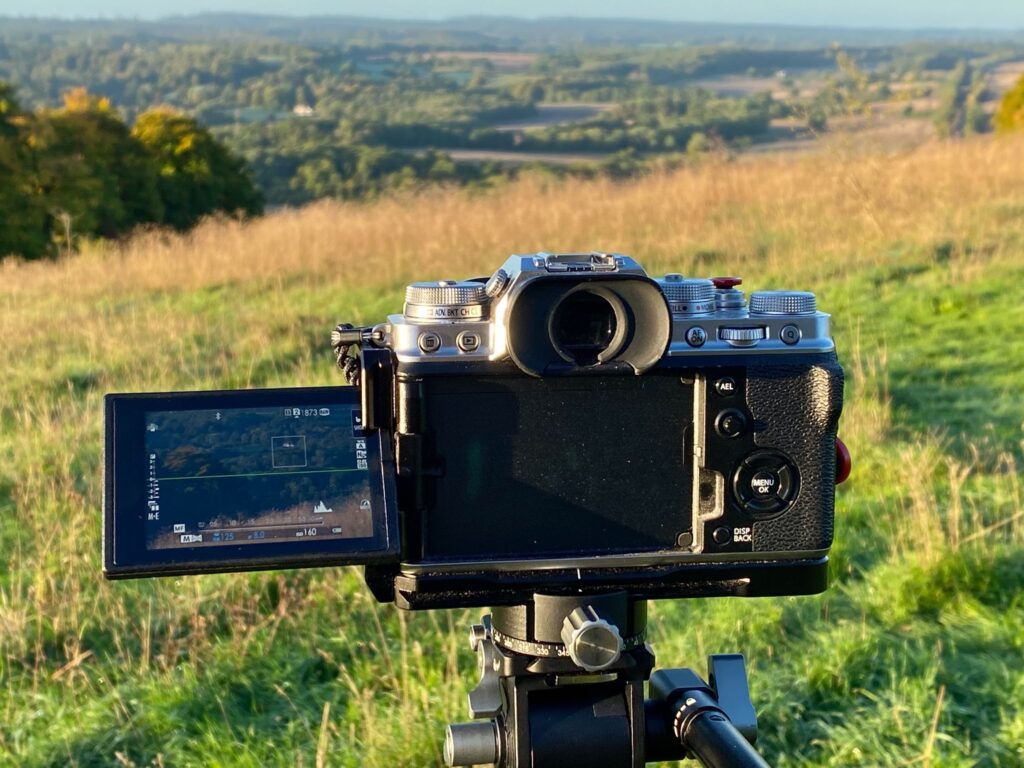
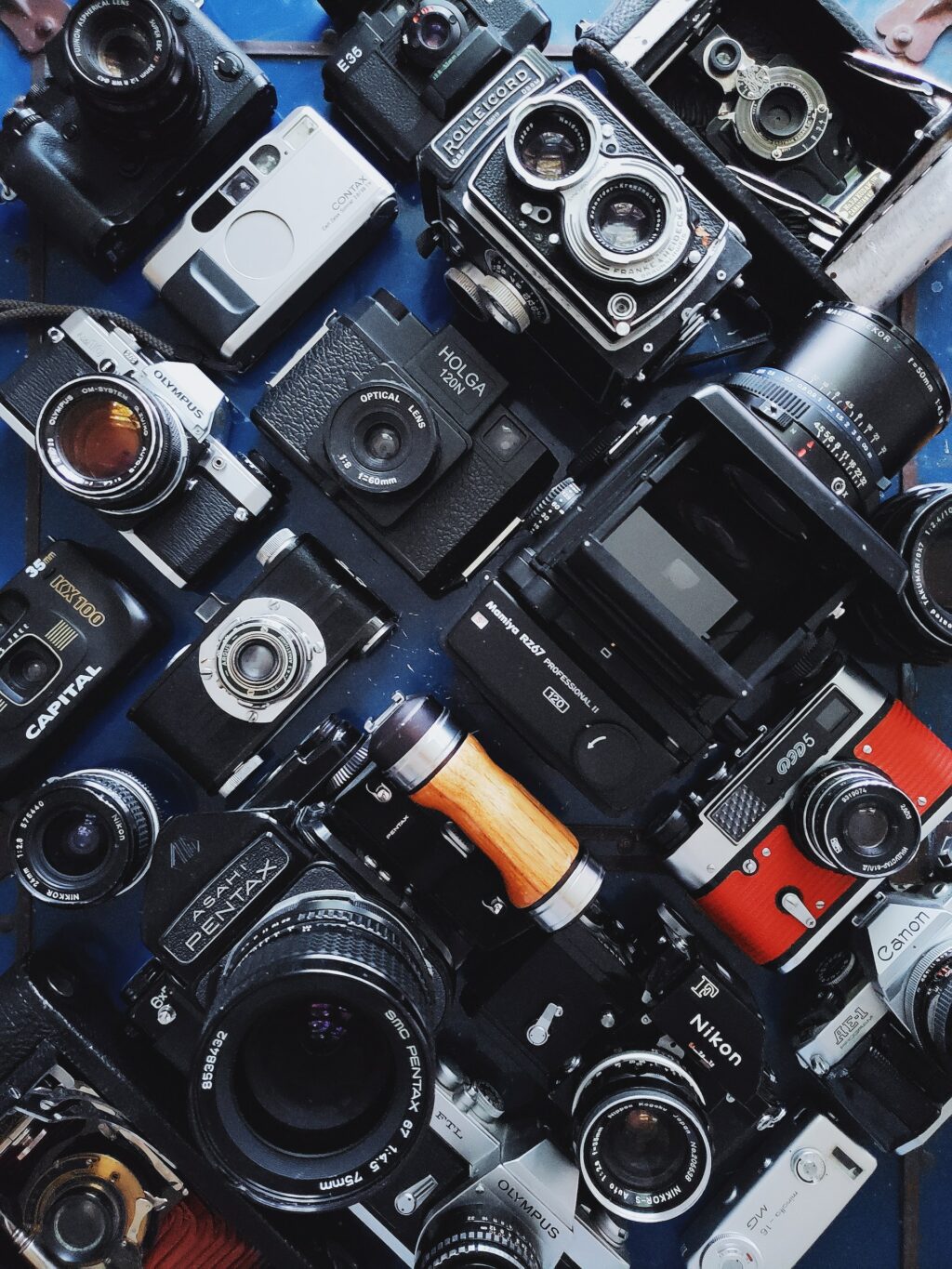
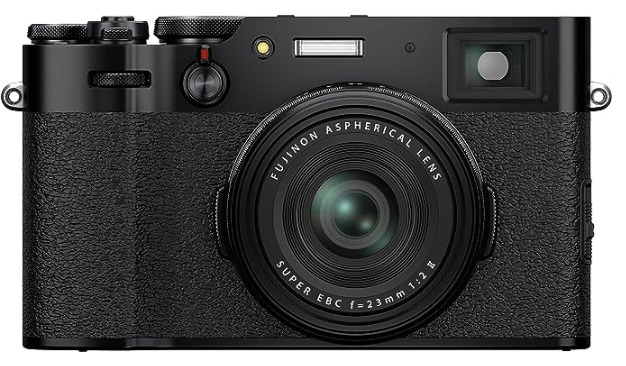
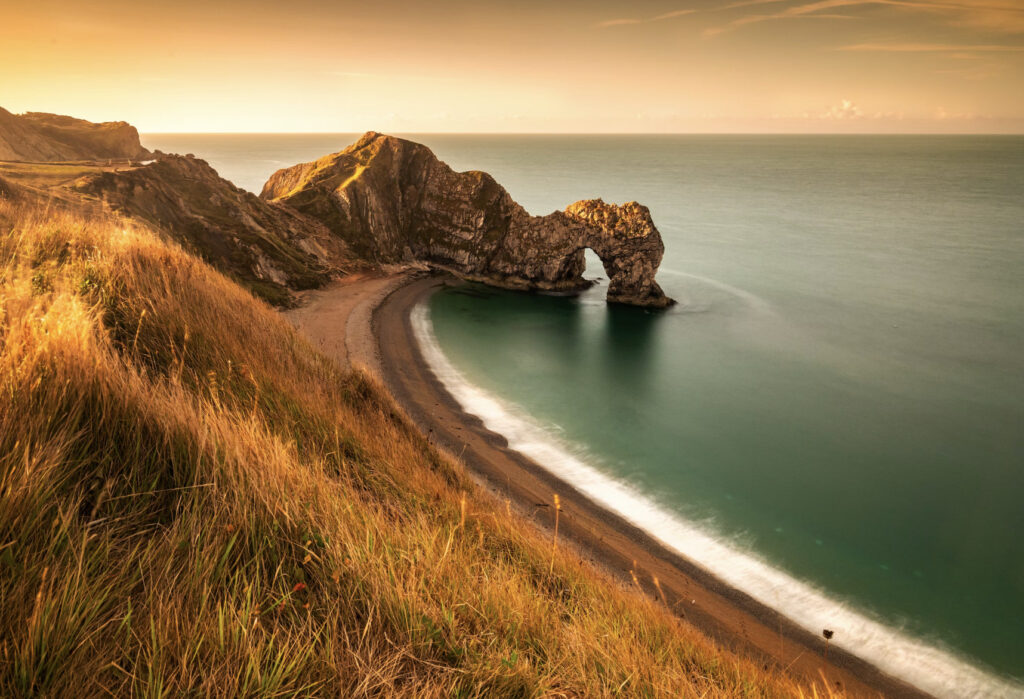
1 Comment
A nice breakdown, though I think there is a mistake when describing which sensor is best for portraiture.
You state that medium and full frame sensors should be ‘avoided’, but then explain all the benefits of having a large sensor.
This might be something you want to rectify.
Apart from that, a nice breakdown for people who are starting out.